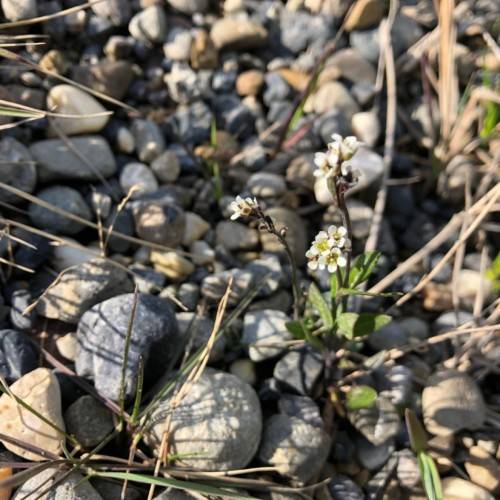
Greenland Rockcress
Braya thorild-wulffii
Watering:
Minimal
Hardiness Zone:
Sun:
full sun,part shade
Leaf:
Yes
Growth Rate:
Low
Drought Tolerant:
Yes
Salt Tolerant:
Yes
Invasive:
Yes
Care Level:
Medium
watering
Hairy Braya (Braya pilosa) prefers consistently moist soil, but not overly wet. Water the plant regularly, once or twice a week, when the soil has been dry for a couple of days. During the winter, reduce watering frequency. Water only when the top 1-2 inches of soil is dry.
sunlight
In order to thrive, Hairy Braya (Braya pilosa) should have full sun for 6 to 8 hours per day. The sun should be direct and unobstructed exposure to the plant for the best results. Hairy Braya should not be exposed to too much heat during the hottest parts of the day (mid-afternoon). If placed under direct sun for a long period of time, the plant may begin to wilt and droop. Partial shade should be provided during the hottest part of the day to prevent damages to the leaves and flowers.
pruning
Hairy Braya (Braya pilosa) should be pruned once a year in late winter or early spring, just before the plant begins to sprout new growth. Pruning should be light, focusing on removing dead or damaged branches, and thinning out any overcrowding. Shaping or size reduction of the plant should be kept to a minimum. If needed, lightly prune the outermost tips of branches to maintain the desired size or shape.
